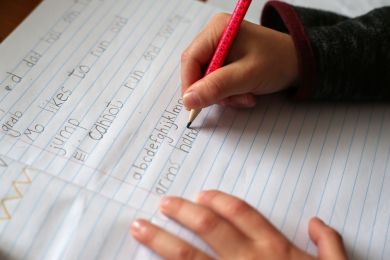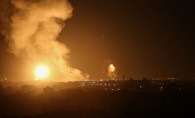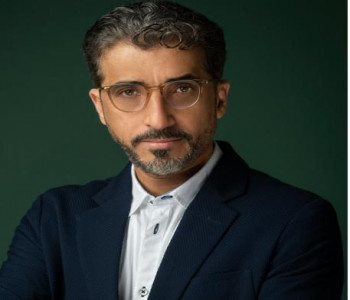Taps run dry in sprawling suburb of Mauritania's capital
Taps run dry in sprawling suburb of Mauritania's capital

By AFP/Hademine Ould Sadi
Khadidjatou Taher has lived for a decade in her ramshackle neighbourhood on the far outskirts of Mauritania's capital, but is yet to have running water in her home.
Created around 15 years ago to tackle uncontrolled building in Nouakchott, the Tarhil district is one of many areas in the vast desert state in northwest Africa where water access poses a daily challenge.
"There's a terrible lack of water in Tarhil," said 42-year-old Taher, wearing a long traditional robe known as a meulfeu.
Authorities have installed a few tanks in the streets and set up a replacement system with water tankers.
But "they don't come every day and the quantities distributed are insufficient for our families and our animals", she said.
Rampant urbanisation is driving up the sand dune-surrounded neighbourhood's population.
While some households have access to running water, others rarely receive it or are not connected to the distribution network.
Access to drinking water is an ever-pressing challenge for Mauritania, where temperatures regularly rise to 45 degrees Celsius (113 Fahrenheit).
More than 22 percent of the population is deprived of drinking water, one of the lowest availability rates in the world, according to UNICEF.
The already challenging situation in Tarhil has deteriorated since August, when Nouakchott was hit by water shortages due to a faulty pipe network and mud deposits linked to the rainy season.
The Mauritanian capital relies on water sources mainly along the Senegal River, which lies some 200 kilometres (124 miles) to the south.
The large distances are compounded by poorly maintained infrastructure.
"Leaks go undetected, and almost 40 percent of the water is lost," said Mohamed Touarad, the director of Tenmiya, an NGO operating in the water sector.
He added that the public company managing water distribution was largely loss-making because many residents do not pay their bills.
'Pipes are still dry'
Vendors with donkey-drawn carts laden with jerry cans roamed the streets looking for water or customers.
Others carried the precious liquid in tanks or pick-ups.
Taher said cart drivers brought her a few jerry cans of water every day, which she stored carefully in a shed, out of the blazing sun.
"Even 100 jerry cans aren't enough to feed our families and animals in the heat." she said.
"Water is very hard to come by here, we're thirsty and we'd like to have widespread distribution," said 45-year-old El Id Ahmed, who has lived in Tarhil for 12 years.
"The tankers that come to supply us are often late," he added.
Water was supposed to flow freely in the district after authorities began work to ensure a supply several years ago.
But "the pipes are still dry", said Ahmed.
Some dust-covered piping lay unused by the side of a small road.
To resolve the crisis, Mauritania's newly re-elected President Mohamed Ould Cheikh El Ghazouani had prioritised extending a water catchment area some 60 kilometres east of Nouakchott and constructing a desalination plant in the capital.
But the extension of the Idini basin has stalled.
The government recently promised a "vast emergency programme" to improve living standards in Nouakchott, including a component "that will enable the extension of water supply networks to all target districts", including Tarhil.






